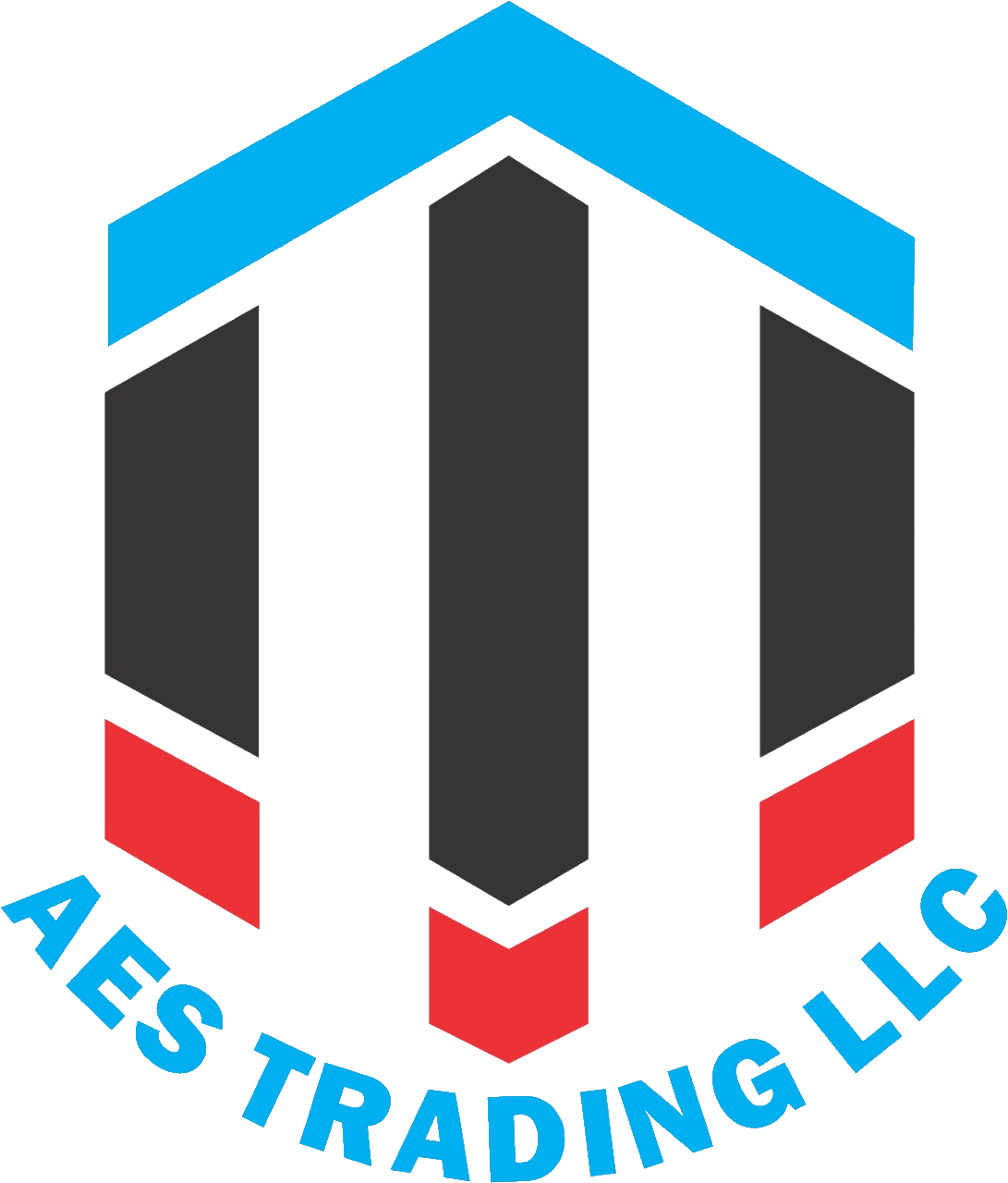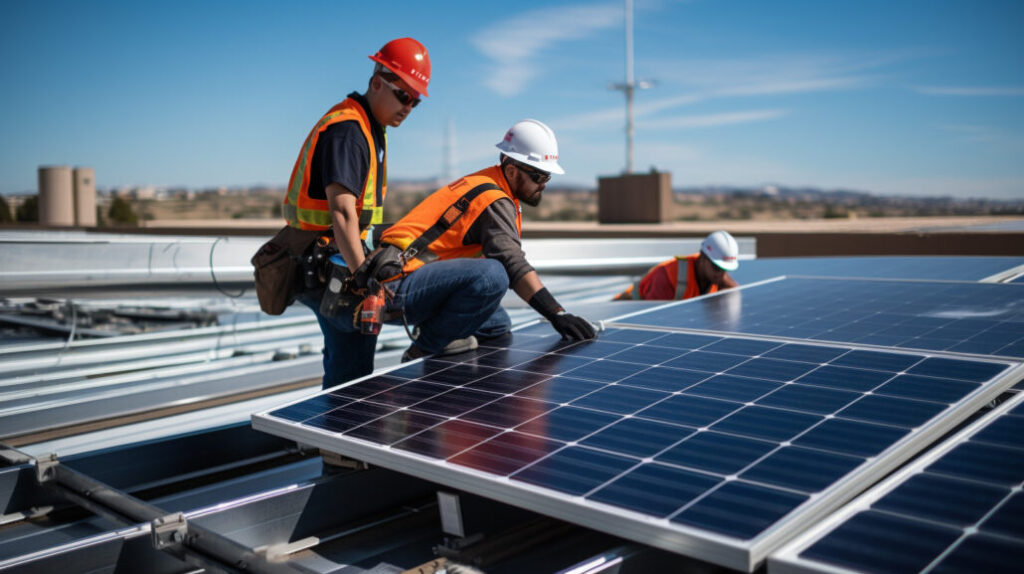
Solar Panel Installation & Service Manitenance
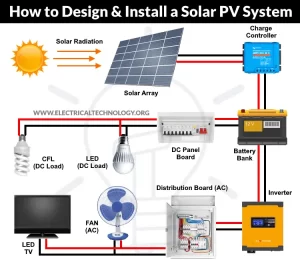
Solar panel standard architecture refers to the typical designs and configurations used in the installation and integration of solar photovoltaic (PV) systems. This involves both the physical layout and the structural considerations required to effectively and safely mount solar panels. Solar Panels (Modules): Convert sunlight into electricity using photovoltaic cells. Monocrystalline, polycrystalline, and thin-film panels, each with different efficiencies and characteristics. Inverters: Convert the direct current (DC) electricity generated by the panels into alternating current (AC) electricity used by most home appliances and the electrical grid. Battery Storage: Store excess energy for use when solar generation is low or during power outages.
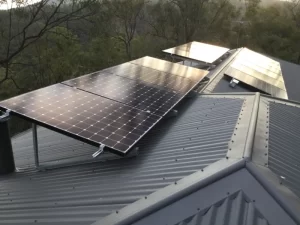
Solar Panel Roof Ground Mount
Solar Panel Roof Ground Mount: These systems might be designed to mimic the appearance of roof-mounted panels while being installed on the ground. They could use similar tilt angles and framing to replicate the optimal angles found on roofs. This setup might be used for aesthetic reasons or to blend with the architecture of the property. Some ground mounts might use features that are more typical of roof systems, such as sloped frames or specific panel orientations that align with roof installation methods. These systems are designed to optimize solar energy capture while being installed on the ground. Solar panels are installed on the ground using a stand-alone frame or mounting system. Solar panels are installed directly on the roof of a building.
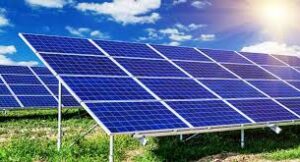
Solar Panel Ground Mount
A solar panel ground mount is a system designed to install solar panels on the ground rather than on a rooftop or other structures. This type of mounting system is often used when roof space is limited, not suitable, or when a more flexible or aesthetically pleasing setup is desired.
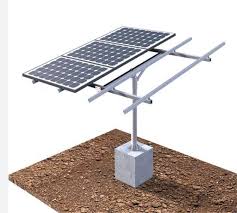
Solar Panel Pole Mount
A solar panel pole mount is a type of ground-mounted system where solar panels are installed on a vertical pole or mast. This configuration can be beneficial in specific scenarios where ground space is limited, or when an elevated position is preferred.
Optimal Sun Exposure: Elevating the panels can reduce shading from nearby objects and buildings, allowing for better sunlight capture.
Space Efficiency: Ideal for properties with limited roof space or where ground area is available and can be used efficiently.
Ease of Maintenance: Elevated panels are easier to access for cleaning and maintenance compared to those installed on the ground.
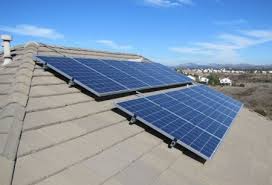
A solar panel flush mount is a type of roof mounting system where solar panels are installed close to the roof surface, creating a low-profile, sleek appearance. This method is often preferred for its aesthetic appeal and minimal disruption to the roof’s appearance. Design: Solar panels are mounted very close to the roof, creating a clean, streamlined look that is less obtrusive compared to other mounting options. Aesthetics: The low profile can blend seamlessly with the roofline, often preferred for residential installations where appearance matters.
